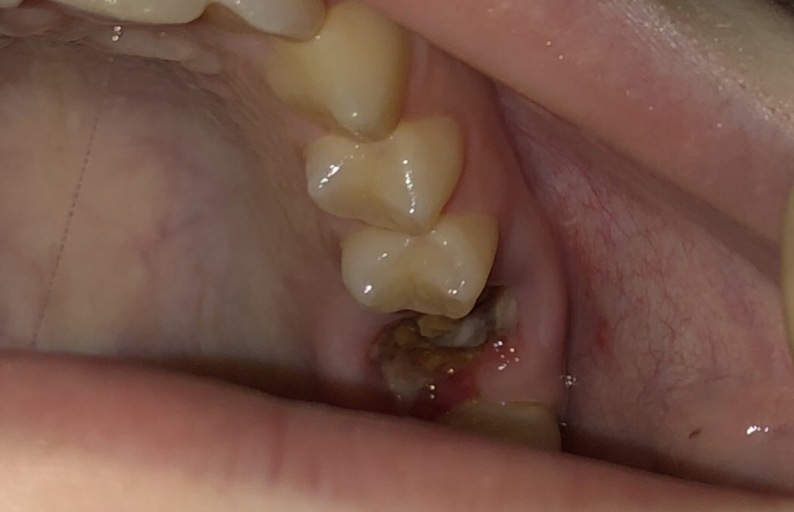
Do not rinse your mouth too vigorously, suck on a straw, or drink carbonated beverages for the first 24 hours.ĭo not smoke or drink alcohol – Do not smoke or drink alcoholic beverages for at least 48 hours after surgery and preferably not for the first week.ĭo not blow your nose – This can be a hard one if you’re experiencing any nasal drainage or stuffiness. Now that you are relaxing comfortably and healing nicely by means of our tips above, there are a few things that you need to do to avoid derailing the recovery process.ĭo not use straws – It’s vital not to dislodge the blood clot that has formed in the socket or you could experience a condition known as dry socket. Here are some great tasting and healthy recipes that will make your downtime more enjoyable! What not to do after wisdom tooth removal What not to do after wisdom teeth removal You can gradually change to semi-solids like warm soup and then to solids after the first few days. Watch your diet – At first, eat soft and somewhat cold foods like smoothies, ice cream, yogurt, and pudding. If it causes discomfort, you can safely wait up to a week to begin your orthodontic treatment again. At this time you can also resume wearing any orthodontic retainer you are using. Just remember to avoid the surgical area. Resume your usual hygiene routine – After the first 24 hours, you can return to your normal brushing and flossing routine. Elevate your head with some comfy pillows while resting and avoid sleeping on the same side as your extraction. Get lots of rest – It’s important to refrain from any physical activity for the first 24 hours after wisdom teeth removal. Put a moist tea bag on the surgical site and bite down tightly for about 20 to 30 minutes. Use a tea bag – No, not to brew you a soothing “cuppa.” Tea has tannic acid, which helps to contract blood vessels and reduce bleeding. Also, if your dentist prescribed antibiotics, make sure to complete the dosages as outlined. Take medications – Use any pain relievers prescribed by your doctor to control pain and keep you comfortable. From then on, use a cup (8oz) of warm water mixed with a teaspoon of salt to gently rinse your mouth at least 5 to 6 times a day and especially after meals. Keep your mouth clean – It’s okay to carefully brush your teeth the night of your surgery, but wait until the next day to rinse your mouth.

To help this process along, here are some important things you can do: Normally, it will take from two to four weeks for the socket (surgical site) to heal. (If bleeding does not stop or worsens, you should contact your dental team for treatment instructions.) What to do to speed up recovery after wisdom tooth extractions Continue this treatment until the bleeding stops. Starting 2 to 3 hours after your procedure, change the gauze at the surgery site every 30-60 minutes and help to control bleeding by biting down firmly on it. While recovering from wisdom teeth removal, you can also expect some bleeding for the first few hours. (Tip: you can use a zipped plastic bag with crushed ice if you don’t have an ice pack.) After 48 hours, therapy with ice is no longer effective, so switch to using a heat pack to ease pain or swelling. You can repeat this a few times a day for the first 48 hours. To minimize any discomfort and swelling, apply an ice pack to your jaw for 20 minutes then remove it for 20 minutes. This swelling can worsen for up to 72 hours after surgery. Typically a day after surgery, you may experience some pain and some swelling around your eyes and cheeks. Knowing what to expect can remove a lot of the anxiety that can come with after-surgery care.

Just follow these dentist-approved tips, and you’ll be up and smiling again in no time. But the recovery doesn’t have to be! Here are some practical steps you can take (and a few things to avoid) to make your recovery faster and more comfortable. Having wisdom teeth extracted can be a stressful experience.


 0 kommentar(er)
0 kommentar(er)
